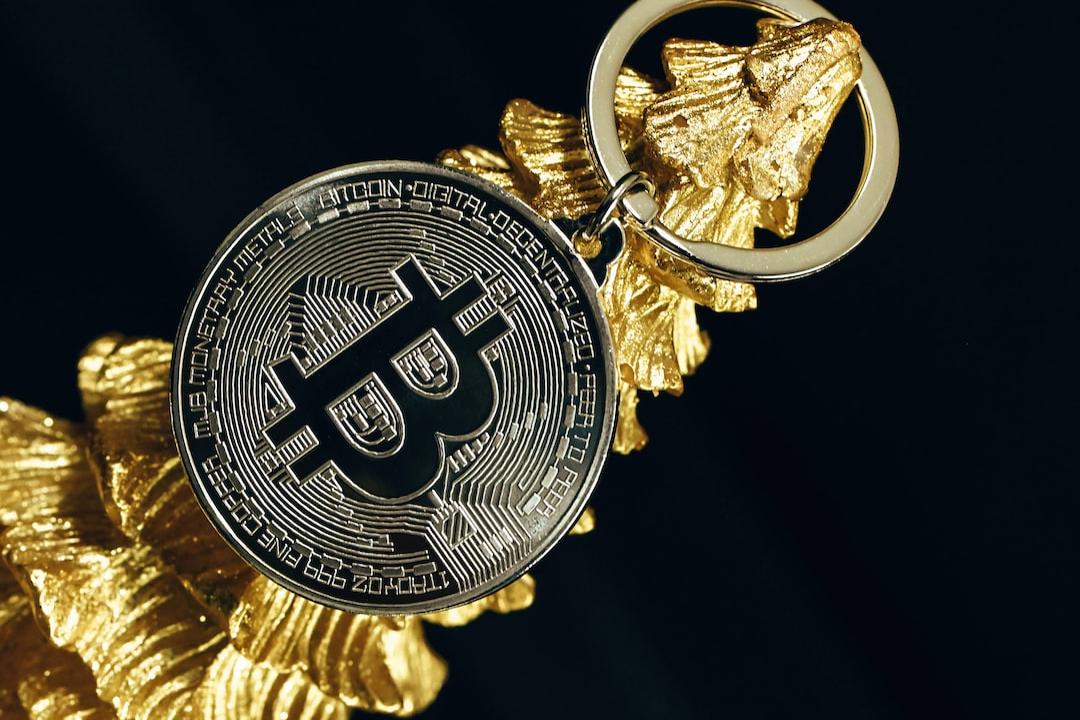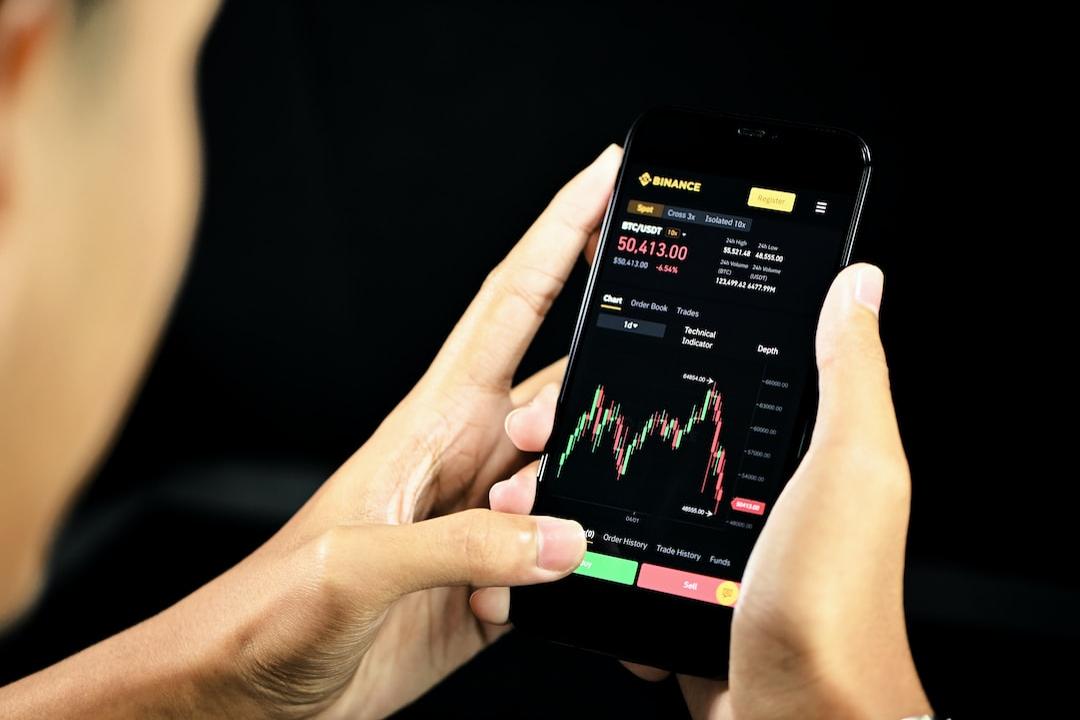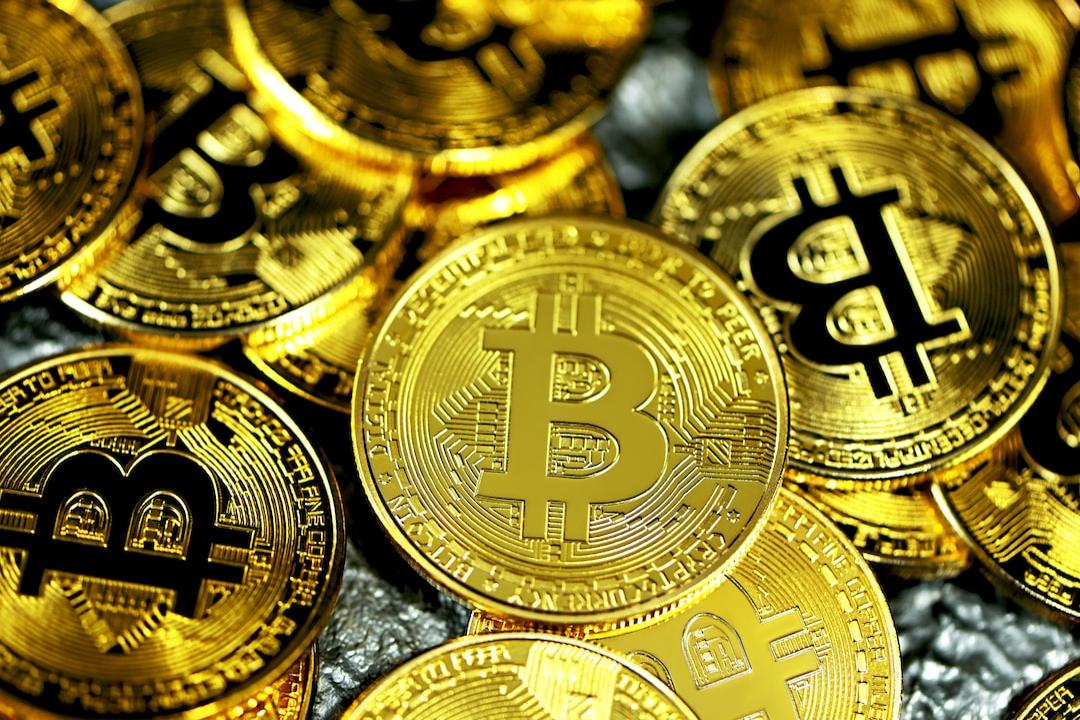Coin World Report:
Instead of focusing on active addresses to study blockchain activity, it is better to look at network fee indicators.
Author:
Donovan Choy
Translation: Deep Tide TechFlow
Better use of blockchain indicators
Blockchain generates a large amount of public data. On Crypto Twitter, people constantly compare blockchain A and blockchain B, and there are many indicators that investors, researchers, and key opinion leaders (KOL) can refer to when defending their views. However, misusing these numbers often leads to a blurry understanding of this field.
In today’s 0xResearch article, we will explore three indicators and the problems they present: active addresses, blockchain “profitability,” and total value safeguard.
Active addresses
“Active address” refers to how many active, paying users there are on a protocol.
“Facebook has 3 billion monthly active users” is useful information that tells us something about this social network. Since spammers do not have enough profit opportunities to flood Facebook, active addresses are a good way to assess the platform’s real value to consumers.
But for blockchain, the value of active addresses is not that great due to the ease of creating new wallets and the obvious opportunities for profit through airdrops or protocol incentives.
For example, the following chart shows a clear case: Solana had the most daily active addresses in the past month, so Solana appears to be very active.

Source: TokenTerminal
Most Solana users trade on decentralized exchanges (DEX), so we need to closely observe the activity on DEX. When we delve into the active addresses on Solana’s DEX, we find that in the past day, most addresses—about 3.4 million out of a total of 4.4 million—had a lifetime transaction volume of less than $10.
This indicates that due to Solana’s low transaction fees, there may be a lot of spam or bot activity instead of a large number of “high-quality” users.

Source: Blockworks Research
Here’s another example I mentioned before: In September, the daily active addresses for Celo L1 (now L2) surged to 646,000, surpassing Tron, attracting the attention of Vitalik Buterin and CoinDesk.
After in-depth analysis, Jack Hackworth, a data analyst at Variant Fund, found that 77% of the amounts transferred to Celo addresses were less than two cents, mainly because thousands of users received small amounts of funds through a universal basic income protocol called GoodDollar. In both cases, active addresses showed high usage, but careful analysis reveals that this claim does not hold true.
For more information on this topic, you can refer to Dan Smith’s research, which focuses on the misuse of daily active addresses.

Blockchain profitability
Instead of focusing on active addresses to study blockchain activity, it is better to look at network fee indicators. Fees reflect the total gas consumption of using the protocol, without considering the issue of “high-quality” users.
Analysts and investors often use fees to determine which blockchain generates the most “revenue.” Then, we consider the token issuance paid by the blockchain to validators as costs. The result is the blockchain’s “profitability.”
This is how Token Terminal generates “financial statements” for crypto protocols. For example, the chart below shows that Ethereum L1 has accumulated millions of dollars in losses over the past two months.

Source: Token Terminal
The only problem is that this calculation does not take into account a key factor: unlike PoW chains like Bitcoin, users on PoS chains can easily obtain token issuance rewards.
After all, if I can earn 5% ETH/SOL staking rewards from platforms like Lido or Jito, why should I care if the network is “unprofitable”? Therefore, drawing the conclusion that Ethereum is “unprofitable” based on token issuance as costs is problematic.
In the real world, inflation is harmful because when central banks print a large amount of money, the increased money supply reaches different participants in the economy at different times, and the people who get the new money first benefit before the “real” price adjustment. This is called the Cantillon effect.
In the PoS blockchain economy, the situation is different because inflation (i.e., token issuance) is obtained by everyone at the same time. Therefore, no one becomes richer or poorer as a result—everyone’s wealth remains unchanged.
Instead, we can consider using the Real Economic Value (REV) as an alternative indicator. REV combines network fees and MEV tips paid to validators, but does not consider token issuance as costs.
Based on this, we can see that Ethereum has actually been profitable in the past two months:

Source: Blockworks Research
REV can be said to be a better indicator for evaluating the real demand of the network and a more comparable revenue indicator to traditional finance (TradFi).
In conclusion, traditional profit and loss accounting methods are not easy to directly apply to blockchain.
For more information on this complex topic, you can listen to the recent Bell Curve podcast I participated in with Jon Charbonneau.
Total Transaction Value (TTV) instead of Total Value Safeguard (TVS)
Oracles are the key infrastructure for blockchains to obtain off-chain data. Without Oracles like Chainlink, the blockchain economy cannot reliably reflect real-world prices.
A common method of comparing Oracle provider market share is to use the Total Value Safeguard (TVS) indicator, which aggregates the Total Value Locked (TVL) secured by Oracles. DefiLlama calculates this explicitly:

Source: DefiLlama
The problem with TVS is that it obscures the actual activity secured by Oracles.
For example, Oracles that support high-frequency trading products (such as perpetual contract exchanges) continuously “pull” price updates from off-chain data sources with sub-second latency.
This is in contrast to “push” Oracles used for lending protocols, which only need to update prices on-chain a few times a day because frequent updates are not necessary.
TVS focuses on the total value managed by Oracles but ignores the performance intensity of Oracle providers.
In other words, it’s like saying a fine steak and a salad are both priced at $50 on the menu, so they have the same value to diners. But obviously, making a steak requires much more work than making a simple salad, which is a factor worth considering.
An alternative indicator is Total Transaction Value (TTV), which takes into account the periodic transaction volume using Oracle updates.
TTV excludes low-frequency applications such as lending, CDPs, and re-staking. But as Ryan Connor explains, “only 2-9% of Oracle price updates come from these low-frequency protocols, which is a small percentage in the cryptocurrency field due to the high volatility of basic indicators.”
When evaluating Oracles using TTV, market share changes significantly.

For more information, you can refer to the Blockworks Research report on how TTV better reflects Oracle fundamentals.

Dont be misled in your investment analysis by the misleading indicator daily active addresses
Related Posts
Add A Comment
© 2025 Bull Run Flash All rights reserved.


